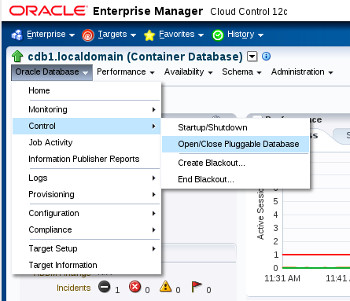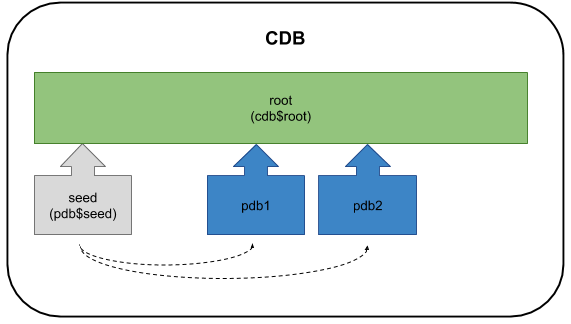

CASF-2013, was published a few years later (Li et al., J. Theįirst published work was CASF-2007 (Cheng et al., J. Which aims at providing an objective platform for assessing scoring functions. "the PDBbind refined set v.2017", and so on.Įstablished the CASF benchmark (Comparative Assessment of Scoring Functions), They should beĬorrectly cited as, for example, "the PDBbind general set v.2016", Set are updated with the PDBbind database on an annual basis. Set directly to their studies, or use the refined set as the starting point toĬompile data sets with their own focus. The refined set serves as a generally acceptableĭata set for docking/scoring studies. "healthy" entries from the general set to compile the so-called Therefore, we have selected the relatively Apparently, not everyĮntry in the general set is suitable for calibrating or validatingĭocking/scoring methods due to misc problems in 3D structure, binding data, and It is most relevant to drug design and discovery studies. Among them, we have named the collection of protein-ligandĬomplexes as the "general set".

protein-ligand complexes, nucleicĪcid-ligand complexes, protein-protein complexes, protein-nucleic acidĬomplexes. PDBbind database collects experimentally measured binding affinity data forįour types of molecular complexes, i.e. Release year, such as PDBbind v.2016, PDBbind v.2017, and so on. Updated on an annual basis, and each release of PDBbind is named after the The PDBbindĭatabase is a notable outcome along the path (Liu et al., Acc. Like to make a formal statement about the PDBbind core set and the CASFīenchmark in a hope to answer those queries and also clarify the confusion.Ī long-standing interesting in scoring function development. Naming convention of the CASF benchmark developed by our group. We also noticed that there are some confusions in literature regarding the We have received a number of queries about the status of the PDBbind core set.


 0 kommentar(er)
0 kommentar(er)
